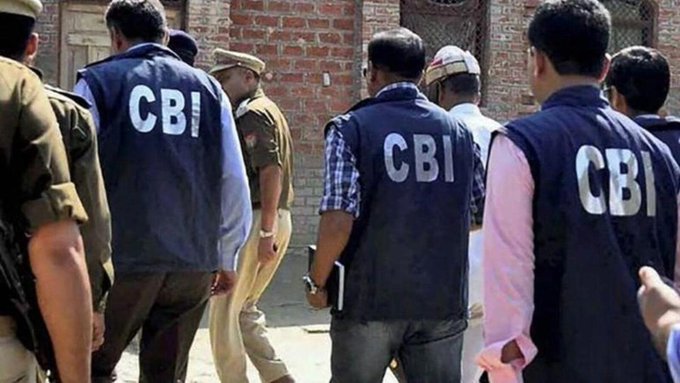New Delhi, July 16: Mobile users in India will now find it easier to identify spam messages, as telecom operators have implemented suffixes on SMS headers to distinguish the type of communication, the Cellular Operators Association of India (COAI) announced on Tuesday.
The new system adds a prefix to SMS headers—such as ‘P’ for promotional, ‘S’ for service-related, ‘T’ for transactional, and ‘G’ for government messages—allowing users to easily recognize the nature of the messages they receive. This move follows a directive under the Telecom Commercial Communication Customer Preference Regulations (TCCCPR), amended on February 12, 2025.
“This implementation significantly enhances transparency and consumer protection,” said COAI Director General SP Kochhar. “It empowers subscribers to quickly identify whether a message is promotional, service-related, or transactional, helping reduce spam and improve trust.”
According to Kochhar, the clear labelling helps users avoid unwanted marketing messages and makes it easier to distinguish genuine service or transactional messages, reducing the chances of falling victim to fraud.
However, he raised concerns about the rising misuse of over-the-top (OTT) messaging platforms by spammers, which currently fall outside the purview of telecom regulations.
“Spam and scam messages are increasingly shifting to OTT apps, where no such regulatory safeguards exist,” Kochhar said. “This undermines the effectiveness of the consent framework and poses a growing challenge.”
He added that this regulatory loophole creates an uneven playing field between telecom operators and OTT messaging platforms, raising issues around privacy, traceability, and national security.
COAI has called for a unified consent management framework that includes OTT platforms to ensure uniform protections for users and a level regulatory field for all communication service providers.












